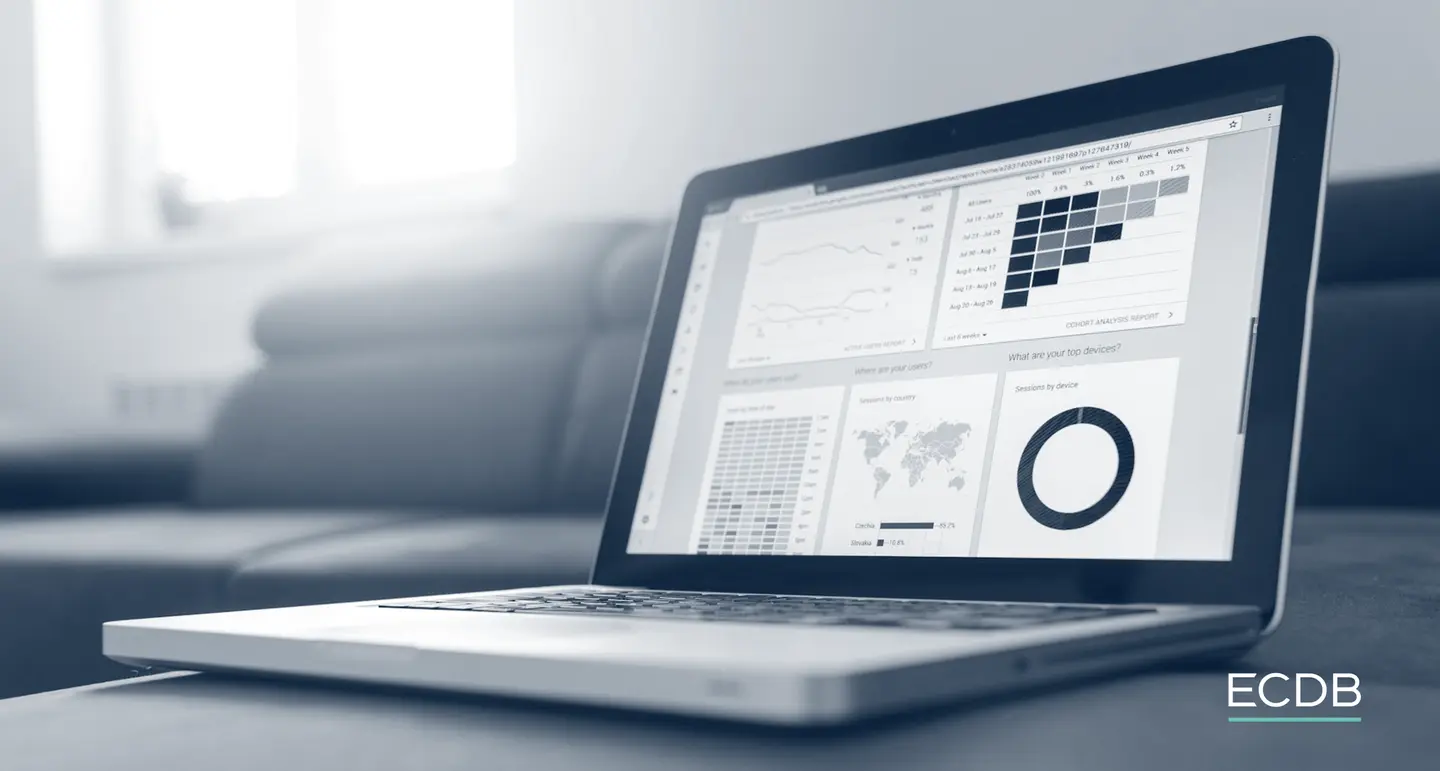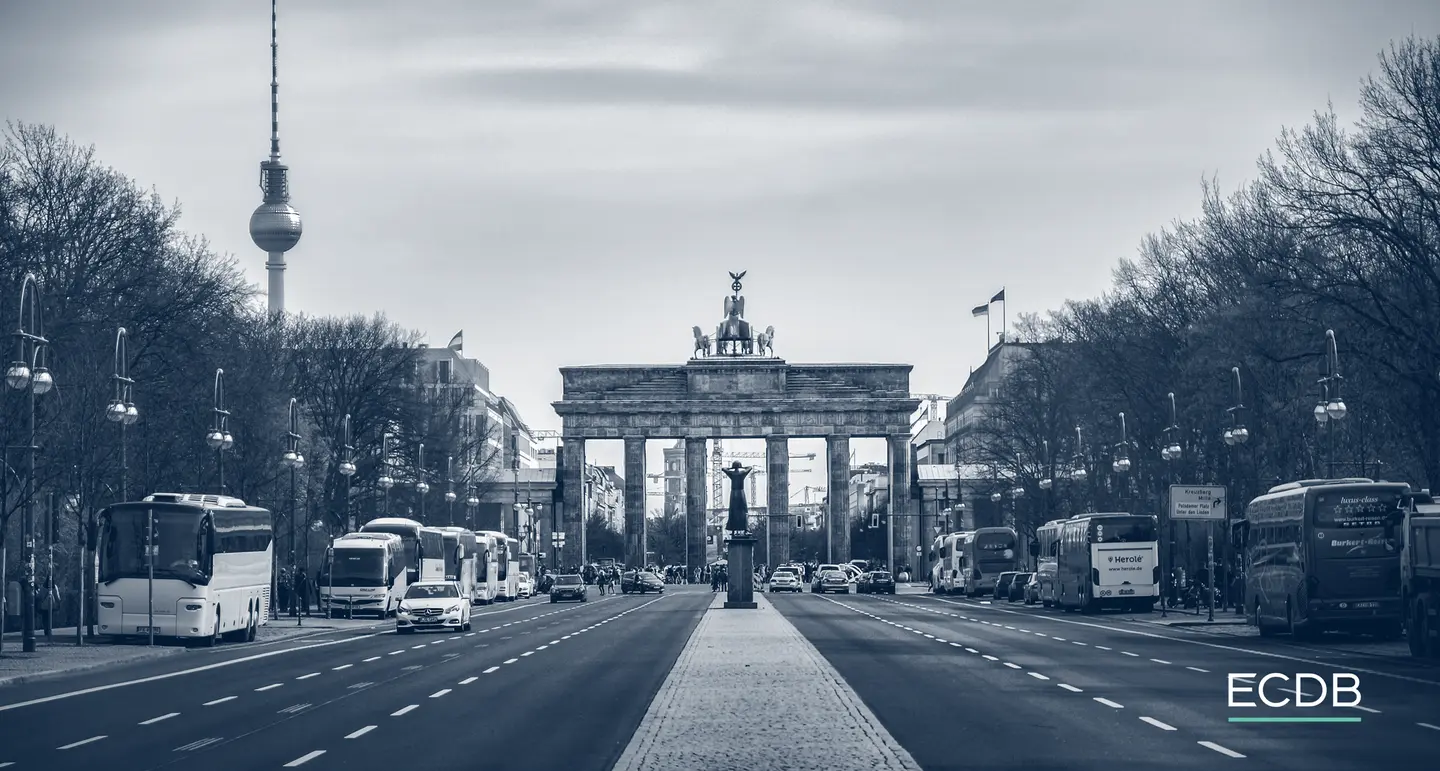DTC
Direct-to-Consumer: Meaning, Benefits & Example
What is a direct-to-consumer strategy, particularly in eCommerce? Find out its benefits, how it differs from B2C, and successful examples of D2C use.
The term D2C (or direct-to-consumer) refers to the sales approach where businesses offer products or services directly to consumers, without going through any intermediaries.
This eliminates third parties like distributors and retailers from the equation, resulting in a more cost-effective way of delivering products and services to end customers.
What Does D2C Mean?
D2C essentially means cutting out the middleman and selling directly to consumers.
It is a business model that has become increasingly popular over recent years, particularly in ecommerce, as it allows companies to have better control over pricing, product quality, customer communications, and other aspects of their sales process.
What Are the Benefits of D2C?
The advantages of D2C are numerous. For example, with a direct-to-consumer model, businesses have more control over their margins, allowing them to offer better value for money to customers.
Additionally, by selling directly to consumers companies can build relationships with their customers in terms of loyalty and trust. This is key for building customer confidence and creating long-term relationships.
The direct-to-consumer approach also allows businesses to track customer data and preferences more accurately. This can be used for creating personalized offers and experiences, as well as targeted marketing campaigns. All of which help to engage customers in a more meaningful way with your brand.
What Is the Difference Between B2C and D2C?
The primary difference between B2C and D2C is the presence of an intermediary.
With a B2C model, businesses rely on intermediaries such as wholesalers, retailers, or distributors to sell their products. On the other hand, with a D2C model, companies bypass third parties by selling directly to consumers.
What Does D2C Mean in eCommerce?
In eCommerce, D2C refers to businesses selling products and services directly to customers through their own online channels such as websites or mobile apps.
This business model allows companies to eliminate the middleman, resulting in lower costs and higher margins. Additionally, it also enables more control over customer experience, communications, data collection and tracking, product/service pricing, promotions.
A common example of a D2C channel is a company’s own website. For instance, if you wanted to buy a laptop from Dell, you could go directly to their website and purchase it without going through any other third-party intermediary. This would be an example of the direct-to-consumer approach.
What Is an Example of a D2C Strategy?
One of the most successful examples of a D2C strategy is Casper’s mattress in a box. By selling mattresses directly to consumers, they were able to undercut traditional retailers by offering more competitive prices and better customer service.
Additionally, this also allowed them to control their margins and build relationships with customers through personalized offers and experiences. This allowed them to quickly become one of the leading mattress companies in the US.
What Is DTC Growth?
DTC Growth refers to the increasing number of businesses adopting direct-to-consumer models for selling their products and services.
This has been made possible by advancements in technology and ecommerce, which have enabled companies to bypass intermediaries while still maintaining control over their profit margins and customer relationships.
Direct-to-Consumer: Key Takeaways
- D2C (Direct-to-Consumer) is a sales approach where businesses sell products or services directly to consumers, eliminating the need for intermediaries like distributors and retailers. This model is particularly popular in ecommerce.
- The D2C model offers several benefits, including greater control over pricing, product quality, and customer relationships. It also allows for more accurate tracking of customer data, which can be used for personalized marketing and offers.
- The primary difference between B2C and D2C is the presence of an intermediary. In B2C, businesses sell through third parties like retailers. In contrast, in D2C, companies sell directly to consumers, often through their own online channels like websites or mobile apps.
Glossary entries with D
Back to





